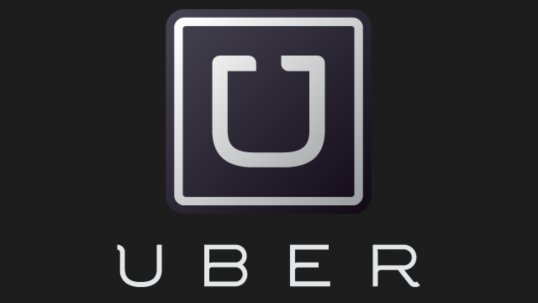Uber Technologies has resumed services in green and orange zones in the country, its CEO Dara Khosrowshahi said as the ride-hailing company observes “some green shoots” after lockdowns hit ride hailing businesses worldwide.
Areas designated as Green and orange zones, where the spread of Covid-19 infections is largely under control, represent more than 80% of India’s 733 districts, Uber stated.
The shared mobility industry, which was observing a decline in profits since last year, was battered further because of the virus outbreak. Weeks before the lockdown in India, Uber and rival Ola’s ride numbers had dropped by as much as 60% as people gradually shifted to working from home.
“I won’t sugar-coat it… Covid-19 has had a dramatic impact on rides, with the business down dropped around 80% in April. Still, there are some green shoots driving restrained optimism. We’ve seen week on week growth globally for the last three weeks,” Uber CEO Khosrowshahi said in a conference call with analysts following the announcement of its first quarter results.
“Our expectation is that the recovery will differ geographically and will be nonlinear,” he said.
Uber’s standalone rides business increased 2% during last year, even as the company posted a loss of $2.9 billion on earning of $3.54 billion in the quarter ended March 31.
“Reaching profitability as soon as possible remains a strategic importance for us. We believe that disruption caused by Covid-19 will impact our timeline by a matter of quarters, and not years,” Khosrowshahi stated.
On May 4 this year, the cab aggregator restarted services throughout 21 green and orange zones including Gurugram, Mangaluru and Kochi. Metros, the highest revenue-generator for ride-haling apps in the country, continue to be in the red zones, with maximum restrictions on the movement of population.
In some red zones — where the infections are increasing — including Bengaluru, Hyderabad, Indore, Mumbai and Ludhiana, Uber is still running its cab-hailing service to ferry those who come under a government-approved list of people who require to travel for essential services.
Ola, too, said it had started operations in over 100 cities that fall under the green and orange zones.
Uber stated its food delivery business Uber Eats contributed to the bulk of its 14% revenue increase during the quarter. Besides, it is working on providing groceries with the help of an acquisition or expansion. Uber India has been exploring new categories, such as dedicated rentals to corporates, and worker transportation as well as e-commerce deliveries and longterm consumer leasing as new business avenues to adapt to the post-pandemic business situations.
Under its Uber Medic initiative, the company has partnered with the National Health Authority to provide transport for healthcare workers involved in the treatment of Covid-19 patients.
Earlier this week, Uber said it would cut extra 3,700 full-time jobs, which are about 17% of its headcount. It also said subsequently that it was leading a $170-million financing round with regards to scooter-sharing startup Lime, which would acquire its micro-mobility subsidiary Jump, in an attempt to curb expenses. Uber will also exit non-performing businesses, as it had done with its food delivery business in the country previously this year.
About 59,662 people in India have been confirmed as being infected with the coronavirus. The virus has killed 1,981 people in the country.


